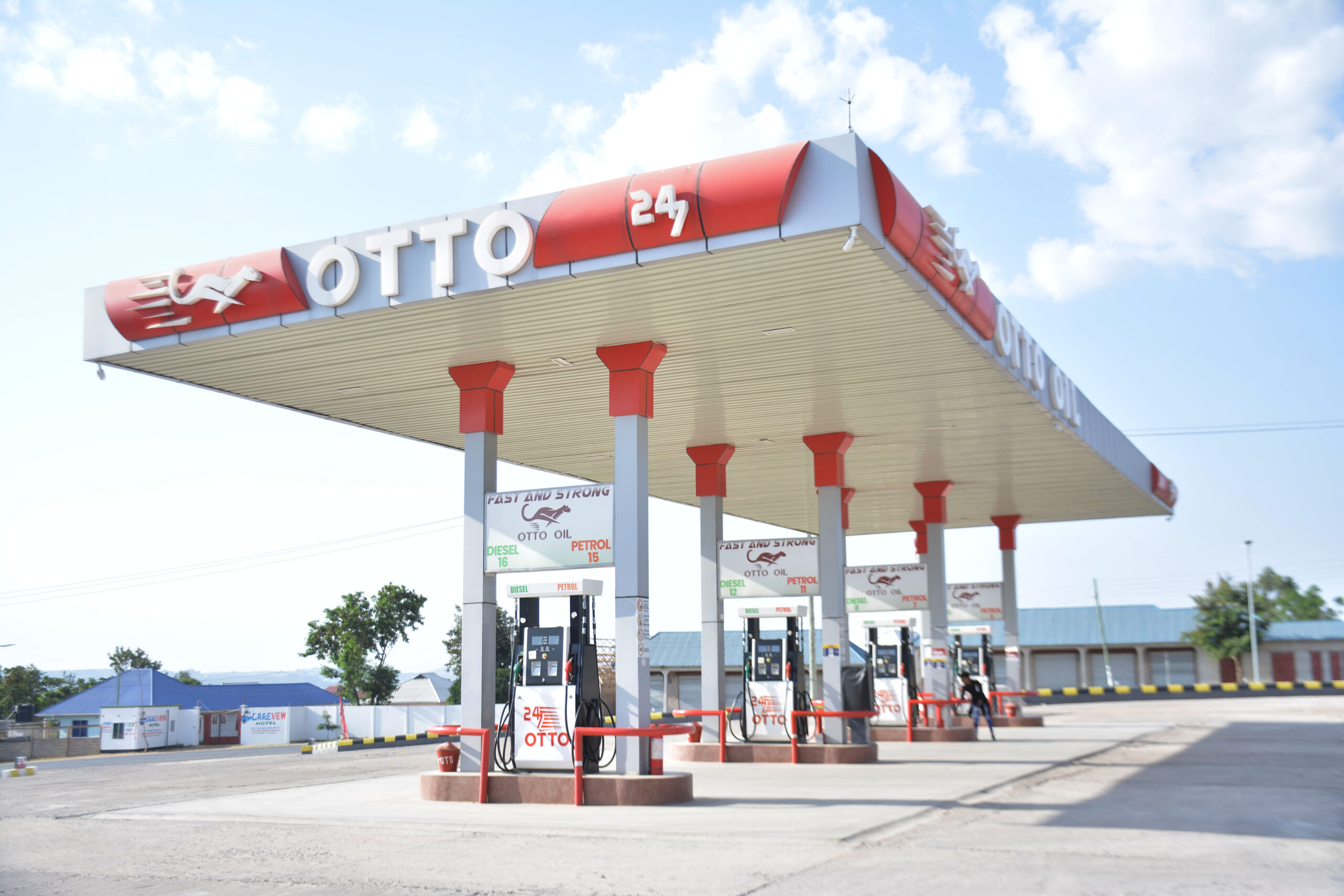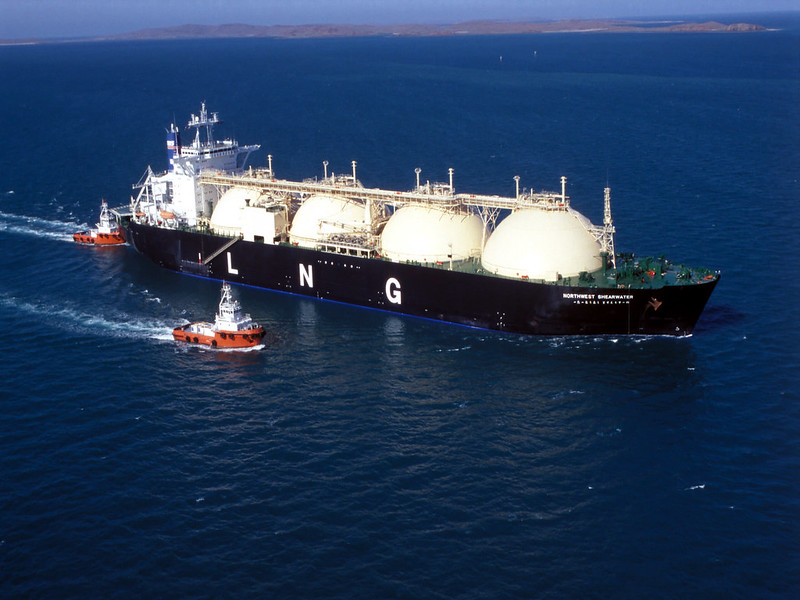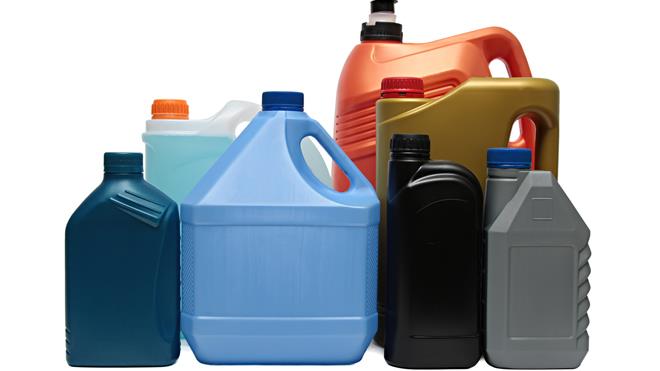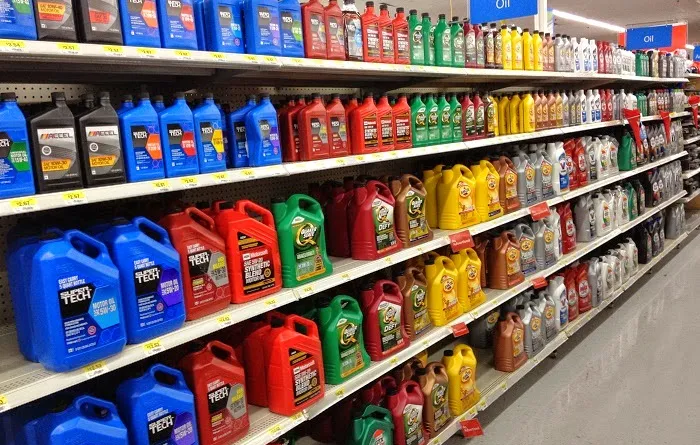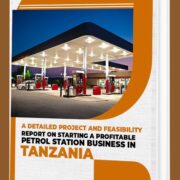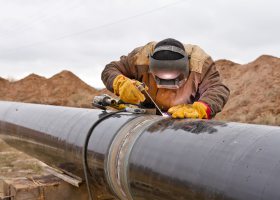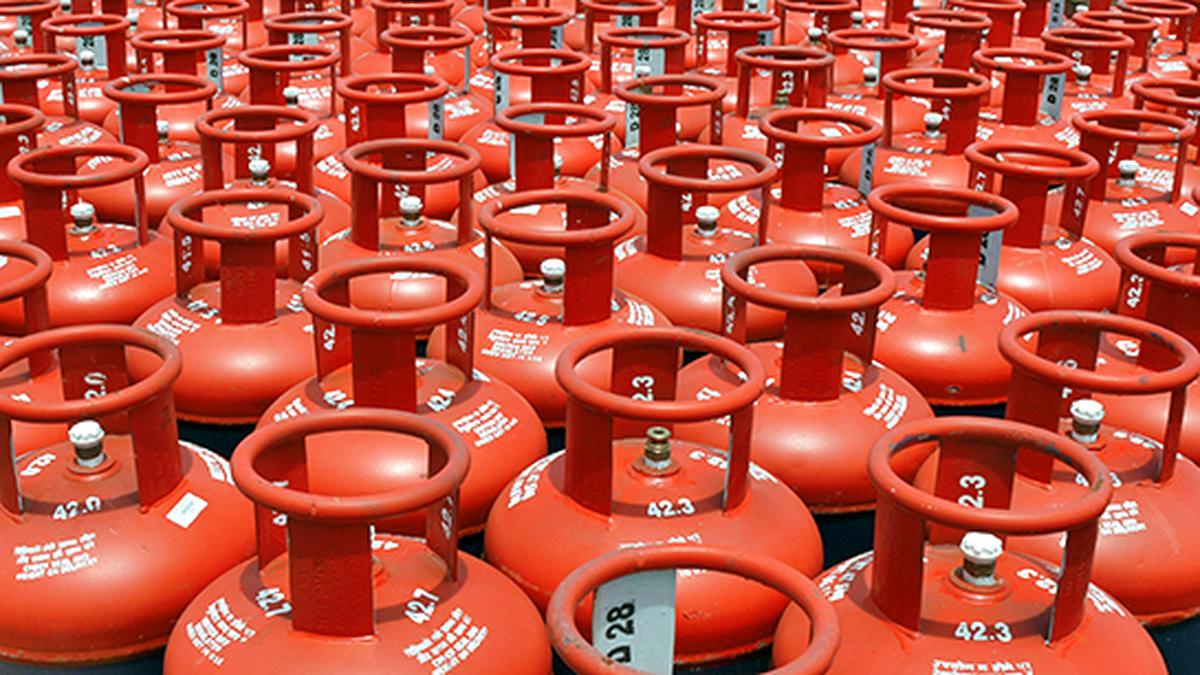What Happens to Business With Poor Strategies.
The following problems are a selection that will, without exception, arise for businesses that have weak strategies.
You will notice that bankruptcy is not among them.
That is because, as I’ve said many times, a good strategy is not necessary for the financial success of your business.
You can fall backward into growth – and many brands do.
But even if that’s the case, these chronic problems will remain; causing perpetual headaches and holding your business back from the far greater potential that lies within.
So let’s get to it. What are the consequences of poor strategy ?
Consequence 1–You will make average profits.
The broadest result of weak strategy will be an inability to make remarkable profits. Poor strategies enable you to allocate your limited resources in the areas with average return on investment.
You will still make money with poor strategies. But the profit you earn is not remarkable enough to tolerate the growth of your business.
Consequence 02: You will be more similar to your competitors.
The other result of the weak strategy is an inability to distinguish yourself from competitors. You will feel locked in the battle with other businesses fighting by lowering prices which in turn will reduce your margin.
Consequence no 3: You will be at the mercy of big guys.
The well-financed multinational companies have the resources to edge out small competitors by being able to cut prices the lowest and spend the most on marketing campaigns.
Consequence 4–You won’t know what to do next.
With a tight and focused strategy, you will have a way to evaluate which idea or project has the potential to give you a high return on investment. It’s like being able to tell the future.
If your idea is on-strategy then it will fit with the overall picture and lead to growth. And if it’s off- strategy then it won’t. This is useful when it comes to decision-making and allocation of resources.
If like most businesses, however, you don’t have a strategy that acts as such a filter, then the suitability of your projects depends on guesswork. Will this idea lead to growth? Will this project work? Who knows, better just give it a go and find out.
Consequence 5- Slow growth.
The problem with poor strategies for business is that they suffer years of slow growth because of the lack of direction and focus.
Consequence 6- You will finish each feeling unfulfilled in your business.
If you have weak strategy you will end up like many businesses out there that finish each week not fulfilled in their business. They are not fulfilled because they are not engaged and motivated about where they are going.
A thriving business lacks these issues


